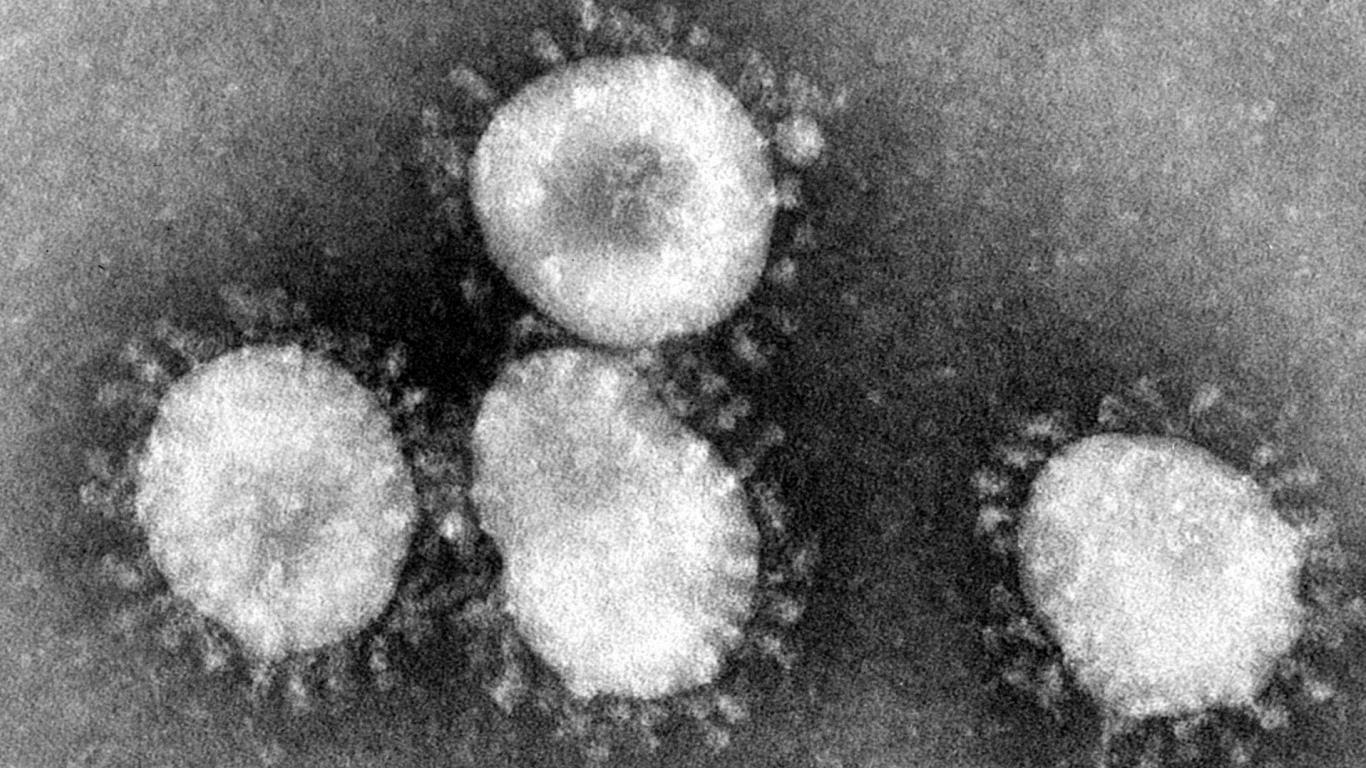Health and Healthcare
What the World Health Organization Still Hasn't Done About Coronavirus

Published:

Since the government of China first declared an emergency related to the outbreak of coronavirus on January 9, more than 900 people have died there and more than 40,000 cases of the disease have been identified. The illness has already killed more people than the 2002–2003 SARS outbreak in Hong Kong and mainland China.
The first case of coronavirus reportedly was discovered in early December, and the Chinese government even suppressed a late December warning by eight doctors, including Dr. Li Wenliang, who died last week from the disease. In the first several weeks following the discovery of the disease, the government followed its longstanding policy of first suppressing hard data about the outbreak, then trying to distract attention from the outbreak and then lying to the country’s citizens about it.
Wittingly or not, the World Health Organization (WHO) may have reinforced the Chinese government’s approach to dealing with health crises. By the time the quarantine of Wuhan, a city of 11 million people, was announced, more than 20,000 cases had of the disease had been counted in the city and the WHO declared the outbreak a “global health emergency.”
Since the quarantine of Wuhan, China has issued quarantines on an additional 15 cities and an estimated 50 million people. Still the disease spreads, with more deaths recorded due to the virus on Sunday than any other day so far.
The WHO is convening a meeting in Geneva, beginning Tuesday, to share information on research and the development of vaccines and other treatments and diagnostic tests to combat the disease. In a tweet Sunday, Dr. Tedros Adhanom Ghebreyesus, the WHO’s director-general, warned, “[W]e may only be seeing the tip of the iceberg.”
Cases of the disease have surfaced around the world, including in the United States (where one person has died from it), the United Kingdom and Japan. A cruise ship with more than 3,700 people on board was quarantined in Tokyo last week.
It gets worse: A report published last week in the Journal of the American Medical Association indicated that hospital-related transmission of the coronavirus was suspected in 41% of 138 patients hospitalized in a single Wuhan hospital. Of the 138 patients, 26% were treated in the hospital’s intensive care unit and 4.3% died.
While the gathering in Geneva is an urgently required step in confronting the disease, officially called 2019-nCoV, at least one nation affected by the disease has gotten little attention. There have been 18 confirmed cases of coronavirus infections in Taiwan, a nation of 23 million people. China last week banned mainland Chinese from traveling to Taiwan, and beginning Tuesday new restrictions will be imposed on traveling for business or for Taiwanese citizens trying to get home.
Taiwan has been shut out of the WHO’s Geneva meeting, according to a report in the Guardian, apparently in response to Chinese pressure to bolster its claim that Taiwan is part of China and not a self-governing country.
A study published last week in the Annals of Internal Medicine matched reported data from China on the spread of the disease with a disease-transmission model that assumed a seven-day infectious period and a basic reproduction number of 2.3. That is an average number of 2.3 secondary cases from each infection. Based on the study’s calculations, the number of reported cases to date in China could not have been reached unless the outbreak began mid-November. The red line on the following chart from the study shows how much more widespread the outbreak was compared to the number of cases reported (blue dots) by the Chinese government.
The WHO seems willing to accept the Chinese government’s version of when the outbreak started and how fast it has spread. Perhaps the only thing that counts now is finding a way to stop 2019-nCoV before more people die. The death toll from the coronavirus outbreak, while serious, is a long way from being among the worst outbreaks of all time.
The thought of burdening your family with a financial disaster is most Americans’ nightmare. However, recent studies show that over 100 million Americans still don’t have proper life insurance in the event they pass away.
Life insurance can bring peace of mind – ensuring your loved ones are safeguarded against unforeseen expenses and debts. With premiums often lower than expected and a variety of plans tailored to different life stages and health conditions, securing a policy is more accessible than ever.
A quick, no-obligation quote can provide valuable insight into what’s available and what might best suit your family’s needs. Life insurance is a simple step you can take today to help secure peace of mind for your loved ones tomorrow.
Click here to learn how to get a quote in just a few minutes.
Thank you for reading! Have some feedback for us?
Contact the 24/7 Wall St. editorial team.